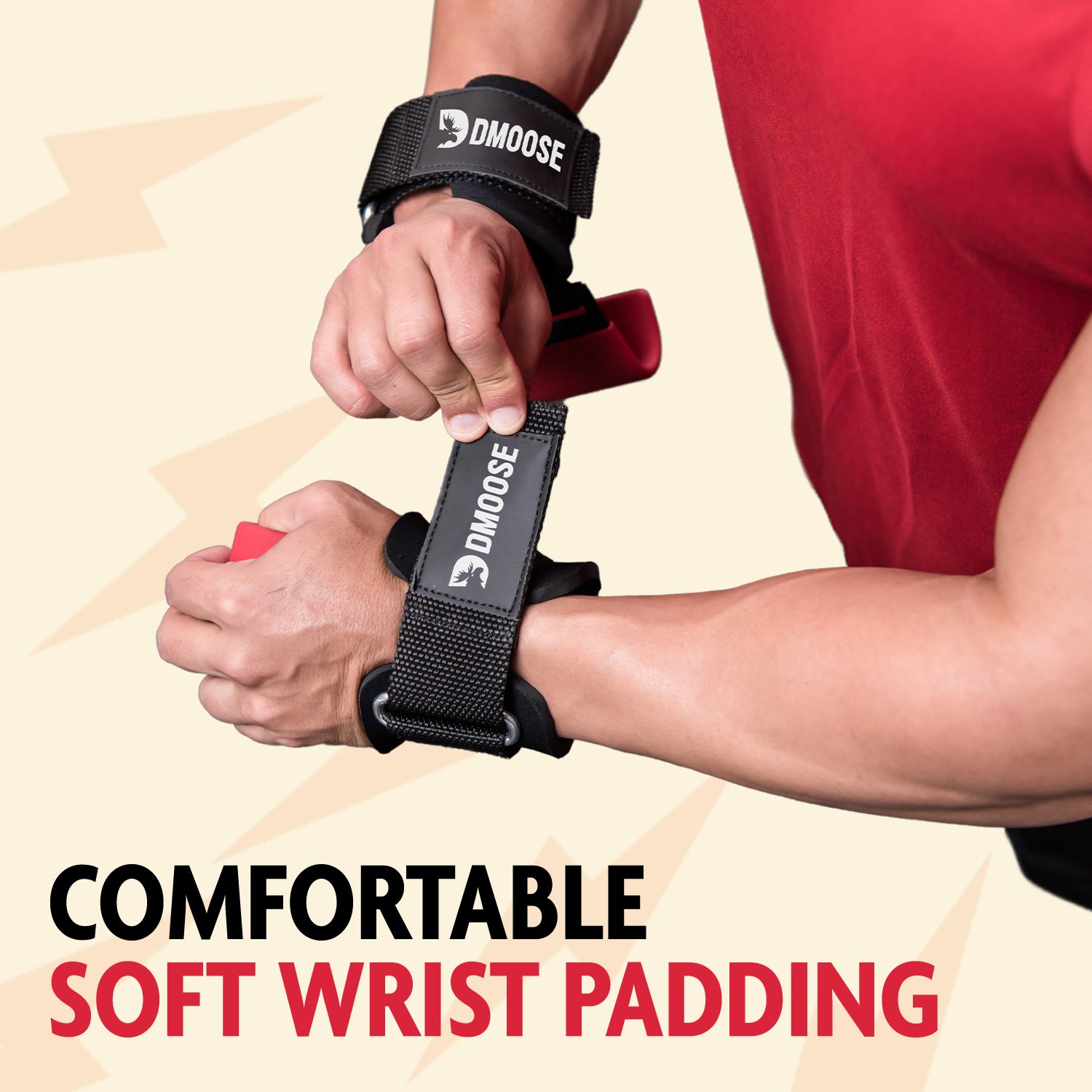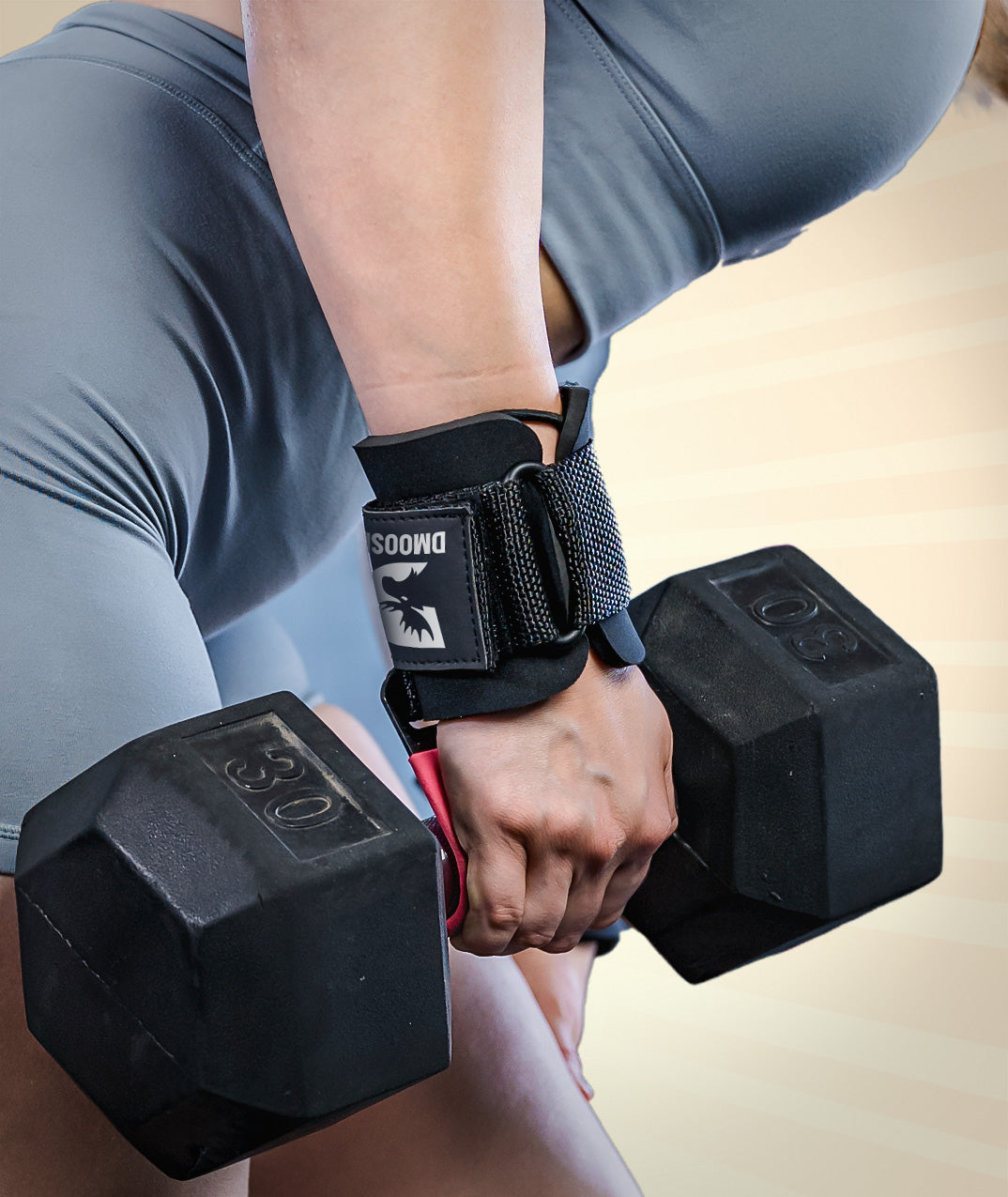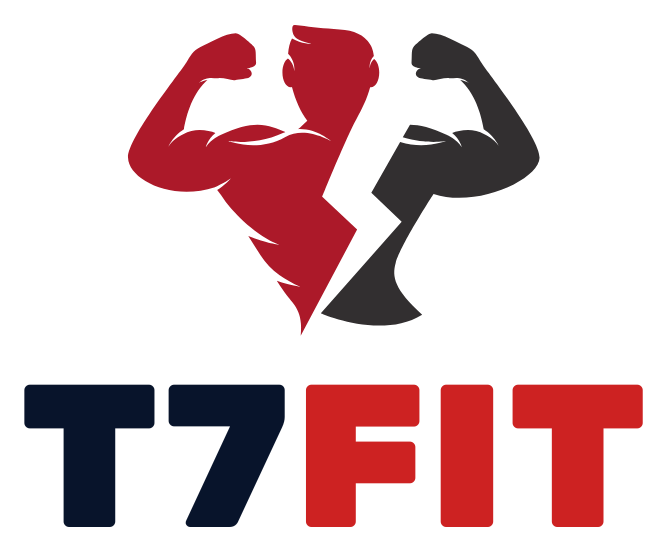To hook grip, wrap your thumb around the barbell first, then overlap it with your fingers. Ensure the grip is firm and secure before lifting.
Mastering the hook grip technique is essential for athletes and fitness enthusiasts aiming to enhance their weightlifting performance. This gripping style boosts your ability to hold heavy weights by increasing the contact between your hand and the bar. It is particularly popular in Olympic weightlifting and can help prevent the bar from rolling out of your grasp during exercises like deadlifts and snatches.
Adopting the hook grip may feel uncomfortable at first, but with consistent practice, it becomes an invaluable tool for improving lifting efficiency and reducing strain on the forearm muscles. As you prepare to integrate this grip into your routine, remember to start with lighter weights to build tolerance and prevent unnecessary strain on your thumbs.
The Essentials Of Hook Grip
The hook grip is a powerful tool in the weightlifter’s arsenal. It strengthens your hold on the bar. It reduces the risk of injury. Mastering the hook grip can enhance performance. Let’s delve into the essentials to perfect your technique.
Anatomy Of A Proper Hook Grip
Understanding the correct form for a hook grip is crucial. Begin by placing your thumb on the barbell. Wrap your fingers over the thumb. Ensure your thumb is close to the bar. This grip creates a secure and strong hold. Check the alignment of your wrists and hands. They should be straight. This maximizes the efficacy of the grip.
A visual step-by-step guide:
- Step 1: Thumb in contact with the barbell.
- Step 2: Fingers over the thumb.
- Step 3: Secure the thumb tightly.
- Step 4: Align wrists and hands.
Practice makes perfect. Spend time perfecting this grip during warm-ups.
Comparing Hook Grip To Traditional Grips
The hook grip has distinct advantages. Unlike traditional grips, it offers better hold and decreases the likelihood of the bar rolling. The comparison is clear:
| Hook Grip | Traditional Grip |
|---|---|
| Thumb under fingers | Thumb beside fingers |
| Reduced bar roll | Possible bar roll |
| Enhanced grip stability | Less stable grip |
For heavy lifting, the benefits of the hook grip become obvious. The effectiveness of the hook grip over traditional methods makes it a great choice for lifters aiming to improve.

Credit: www.dmoose.com
Preparing For Hook Grip Training
Mastering the hook grip can lead to improved lifting performance. Before diving into the training, it’s important to get ready. A correct warm-up routine and the right gear are essential. Let’s explore how to prepare effectively for hook grip training, so you can lift safely and more effectively.
Warm-up Techniques For Optimal Performance
Before grabbing the bar, a proper warm-up is key. It prepares your body and reduces injury chances. Focus on exercises that boost circulation and mobility. Here’s a simple routine:
- Arm Circles: Start with small circles, gradually increase their size to warm up your shoulders.
- Wrist Rolls: Rotate your wrists in both directions to improve joint flexibility.
- Finger Stretches: Spread your fingers wide, then close them into fists to warm up your hands.
Repeat each exercise for at least 30 seconds. Finish with some light weightlifting to get the feel of the bar.
Essential Gear For Hook Grip
Right gear makes a difference. It can protect your hands and improve your grip. Consider these essential items:
| Gear | Benefits |
|---|---|
| Weightlifting Straps | Provides additional wrist support |
| Tape | Protects thumbs and enhances grip |
| Chalk | Reduces moisture and prevents slipping |
Use tape specifically designed for lifting. Apply it around your thumbs. Chalk your hands to keep them dry. Quality lifting straps can offer the extra support needed.
Executing The Hook Grip
Mastering the hook grip can significantly improve your performance in weightlifting. This technique involves a unique hand placement that enhances your grip on the barbell, allowing you to lift heavier without losing your hold. Read on for a step-by-step guide on executing the hook grip to elevate your training.
Step-by-step Guide To Proper Hand Placement
Proper hand placement is crucial for a secure hook grip. Ensure each step is followed closely to maximize grip efficiency.
- Extend your hand and place it on the bar.
- Wrap your thumb around the bar first.
- Place your index and middle fingers over your thumb.
- Ensure thumbs are secure beneath the fingers.
- Adjust your grip as needed for comfort.
Common Mistakes And How To Avoid Them
Avoid these common mistakes to ensure a safer and more effective hook grip.
- Ignoring thumb placement: Always have your thumb under your fingers.
- Over-gripping: Grip firmly but not too tightly to prevent fatigue.
- Neglecting wrap: Wrap fingers properly for full control.
- Skip warming up: Warm up your hands to increase flexibility.
By following this guide and avoiding these mistakes, your hook grip will become a powerful tool in your lifting regimen. Train smart and watch your grip strength soar.
Hook Grip Advantage
Mastering the hook grip technique can elevate your lifting game. This grip provides a unique advantage for lifters. Understanding the benefits this grip offers can change how you approach your training. Let’s explore the advantages of using a hook grip in powerlifting and Olympic lifting.
Benefits In Powerlifting And Olympic Lifting
Powerlifting and Olympic lifting demand different skills. Yet, both benefit from the hook grip.
- Prevents bar roll: The hook grip locks the bar in place.
- Improved grip endurance: The thumb under fingers reduces the grip’s fatigue.
- Enhanced control: It increases the lifter’s control over the barbell.
- Allows for heavier lifts: Secure grip means lifting more weight safely.
Enhancing Strength And Security During Lifts
The hook grip is crucial for enhanced strength and security during lifts.
| Aspect | Impact |
|---|---|
| Thumb Protection | Using tape can reduce thumb discomfort. |
| Strength Symmetry | Promotes equal force application from both arms. |
| Wrist Position | Encourages better wrist alignment and leverage. |
| Security | Grip security leads to confidence during lifts. |
With these points in mind, lifters can understand why the hook grip plays a crucial role. It elevates lifting technique and performance significantly.
Overcoming Hook Grip Challenges
The hook grip – a key skill for any serious lifter, poses its own set of trials.
Mastering it brings undeniable benefits.
Firmer bar hold and improved lifting posture are two.
Yet, this technique can be tough to conquer, especially due to discomfort and pain.
But with the right approach, you can increase your tolerance and lift with confidence.
Dealing With Discomfort And Pain
Getting used to the hook grip often starts with discomfort.
Wearing from pressure and friction on the thumbs is common.
But you can ease these issues.
- Thumbs taped up to reduce skin tears and bruising.
- Starting with lighter weights to accustom your thumbs.
- Incremental practice every session encourages adaptation.
Remember, pain should not be sharp or lasting.
If it is, see a professional.
Training Tips To Increase Tolerance
Building tolerance is essential for the hook grip.
Plan and execute a training strategy.
- Start with submaximal lifts to avoid overstressing your thumbs.
- Gradually increase the intensity over weeks, not days.
- Include specific exercises to strengthen thumb grip and endurance.
- Consistent practice is key; use the hook grip regularly.
Consistency leads to progress.
Don’t forget to rest and recover.
Overworking can lead to setbacks.

Credit: www.dmoose.com
Incorporating Hook Grip Into Your Routine
Mastering the hook grip can transform your lifting technique. It offers a secure hold on the bar, reducing the risk of slipping and injury. To weave this grip style into your routine, understanding its incorporation is key. Gradual adaptation and regular practice will lead to proficiency with this technique. Let’s explore how to integrate the hook grip effectively into your workouts.
Adapting Workouts For Hook Grip Integration
Start with lighter weights to focus on proper grip without excessive strain. As your comfort increases, gradually add more weight. This progression keeps the training safe while improving your grip.
| Week | Activity | Reps |
|---|---|---|
| 1-2 | Practicing Hook Grip | 3-5 sets of 5 |
| 3-4 | Adding Weight | 3-5 sets of 5 |
Utilize accessory exercises like deadlifts and snatch pulls to practice the hook grip in your workout.
- Deadlifts
- Snatch Pulls
Progression And Consistency In Practice
Consistency is the foundation for mastering the hook grip. Plan to use the hook grip at least twice a week.
Track your progress in a training log. Note grip comfort, weight used, and any hand fatigue.
- Start with simple pulls.
- Move to Olympic lifts as you advance.
- Maintain a consistent frequency weekly.
Remember that hand care is crucial. Moisturize your hands and manage calluses to prevent tears.

Credit: fitbod.me
Frequently Asked Questions On How To Hook Grip
What Is A Hook Grip In Weightlifting?
A hook grip is a technique used by weightlifters to secure the barbell. It involves wrapping the fingers over the thumb, creating a strong, secure hold on the bar. This grip minimizes the risk of the bar slipping during lifts.
How Do You Properly Use Hook Grip?
To use a hook grip, wrap your thumb around the bar first. Then enclose it with your index and middle fingers. Ensure your thumb is tightly secured beneath your fingers for optimal grip strength. This technique may feel uncomfortable at first but improves grip stability.
What Are The Benefits Of Hook Grip?
The hook grip technique offers greater security and control when lifting heavy weights. It reduces the chance of the bar rolling and enhances the lifter’s ability to maintain a solid grip throughout the exercise, potentially increasing overall lifting performance.
Is Hook Grip Better Than Overhand Grip?
The hook grip is often considered superior to the traditional overhand grip for Olympic lifts. It provides increased security and reduces grip fatigue, allowing for improved performance during high-repetition or high-weight lifting sessions.
Conclusion
Mastering the hook grip can up your lifting game significantly. Wrapping up, remember consistency and practice are key to success. Start slowly, focus on form, and listen to your body. Embrace the initial discomfort; your grip strength will improve. Keep at it, and experience the gains in power and stability.
